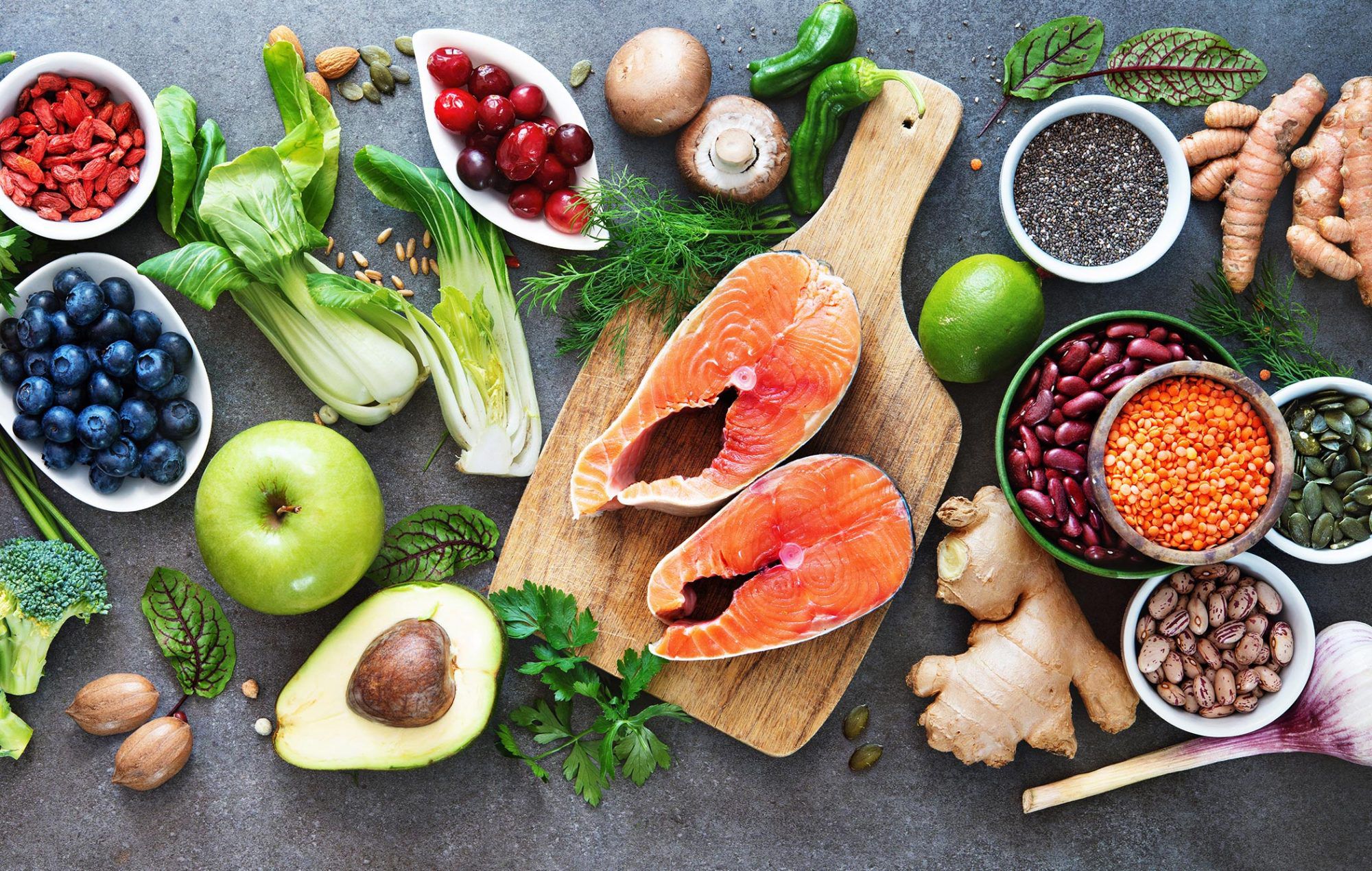Macronutrients, or “macros,” consist of proteins, carbs, and fats. You can think of them as the building blocks of food, and each of them serve a specific function in your body. This is why you’ll often hear the phrase, “Not all calories are created equal.” While each macro is important, eating too much or too little of any one of them can lead to an unoptimized approach to nutrition. In this article we will take a deeper look at each of their specific functions.
Protein
Protein helps support the production and retention of lean muscle mass. It also contains essential amino acids that allow your muscle to fully repair and recover from daily use. as well as intense training sessions. Protein is also the most satiating macro, meaning that a diet that is high in protein helps you feel full and keep hunger at bay. A rough starting point for athletes looking to increase muscle mass is consuming ~1 gram (g) of protein/day per pound of bodyweight.
Carbs
Carbohydrates are your body’s most readily available source of energy. This includes the energy you need for basic functions, like: breathing, digestion, and living your everyday life, but it is especially impactful for fueling your exercise and training. For athletes that compete in endurance sports or higher-volume exercise, carbs work to replenish glycogen stores in your muscles that are depleted throughout the session. This translates into better recovery and higher levels of performance.
Excessive consumption of carbohydrates, particularly highly-processed, sugar-laden, and calorically dense carbs have been linked to chronic diseases like obesity, heart disease, and diabetes. Therefore, the majority of one’s carbohydrates should come from whole foods to promote muscle gain and health. A baseline starting point is 1.5-3 grams/day per pound of bodyweight.
Fat
Omega fatty acids such as EPA and DHA help to support cardiovascular health, joint health, and also aid in digestion. Fat-soluble vitamins A, D, E, and K require sufficient dietary fat in order to be properly absorbed and utilized by the body. Fats also help to keep your hair and nails strong and promote skin health!
By tracking macros, you are ensuring you’re getting enough of each macro and optimizing your nutrition to support your goals – whether that’s losing body fat, gaining strength and muscle mass, or improving performance in a chosen sport.
While on the surface it might appear as if eating within the framework of a macro prescription would be restrictive, it’s actually quite the opposite. Nothing is “off limits” with a flexible dieting approach and by finding a balance between what you enjoy and what your body needs, you can achieve nutritional freedom while still working towards your goals. Fat consumption for the goal of improving your overall health should range anywhere from 20-30% of total caloric intake.
Follow these simple steps to get started:
Set your macros
You have two options here. If you want to give the “heavy lifting” to us, simply sign up for 1-on-1 coaching and you will receive an expert Coach to assign the perfect macro set-up based on your goals.
If you’d prefer to try it on your own, you can use the other resources found in my blog to get started today!
Buy a digital scale
The more accurate you can be about measuring the foods going into your body, the better and more consistent your results will be. It might seem like a lot of extra work, but in actuality, you’re adding an easy step to actions you’re already taking! Simply weigh and record your portions before cooking and you’re all set.
Track your intake with a food-tracking app
Our go-to tracker is MyFitnessPal. Built from the ground up with macro tracking in mind, this FREE app includes a comprehensive food database, easy-to-use interface, food barcode scanner, precise target setting, and much more. They do have paid additions but you do not need to pay for a thing to get started and stay on track.
Head to the grocery store
Environment and preparation play an important and crucial role in success with this approach to nutrition. By filling your fridge and pantry with whole, minimally processed foods, you are ensuring you have the tools you need on hand in order to reach your macro targets. Not sure which foods to buy for each macro? No worries, you can reference my handy “Macro Shopping Guide” infographic below.
Pro Tips for Beginners
- Include a protein, carb, and fat source in every meal. There’s nothing worse than reaching the end of the day and finding you’re short in one (or multiple!) macro groups. By making sure you’re getting a bit of each at every meal, you’re setting yourself up for success and avoiding an awkward hassle at the end of the day.
- Pre-log your meals ahead of time. Better yet, do a bit of meal prep. The further in advance you have your intake planned, the easier it will be to hit your macro targets. Reactionary food choices usually are the enemy and make dialing in your numbers much, much more difficult.
- Brush up on your understanding of nutrition labels. All of the info you need is there for the taking, but to the inexperienced, it can be a bit overwhelming.
- Focus on whole, high-volume, unprocessed foods. While it’s true that most things can fit within the framework of your macros, by allocating the majority of your macro share to “the good stuff”, you will feel your best and be providing your body with valuable micronutrients.
Maintain a sustainable approach to nutrition
By learning the ins and outs of the flexible dieting approach and tracking macros, you’re building the habits and skill sets that will last you a lifetime. Whether you tackle it on your own or sign up with a 1-on-1 expert coach with TWP, we encourage you to try it out and give it a whole-hearted effort. You might be just surprised at what you’re able to achieve!
